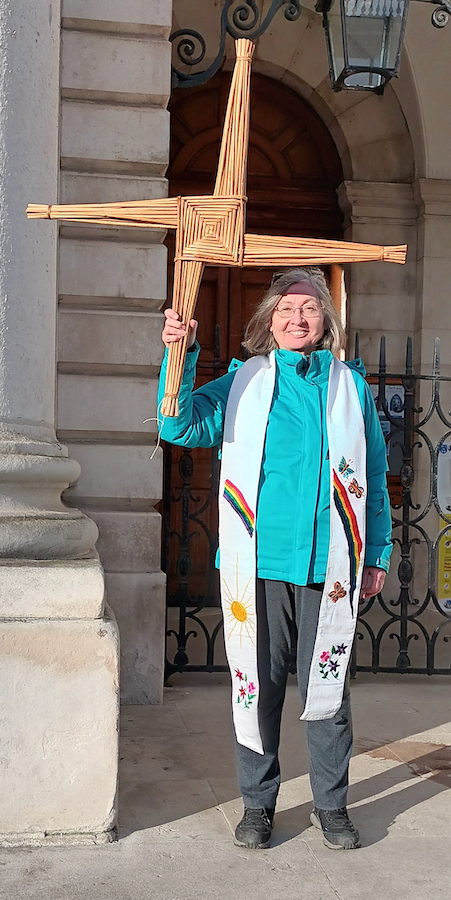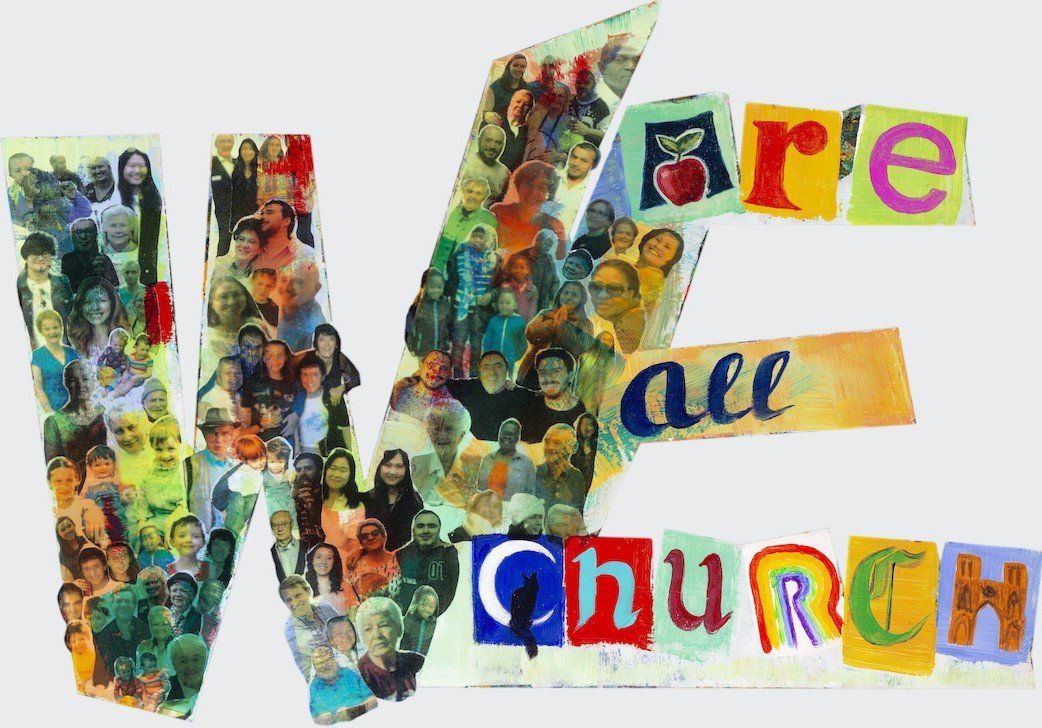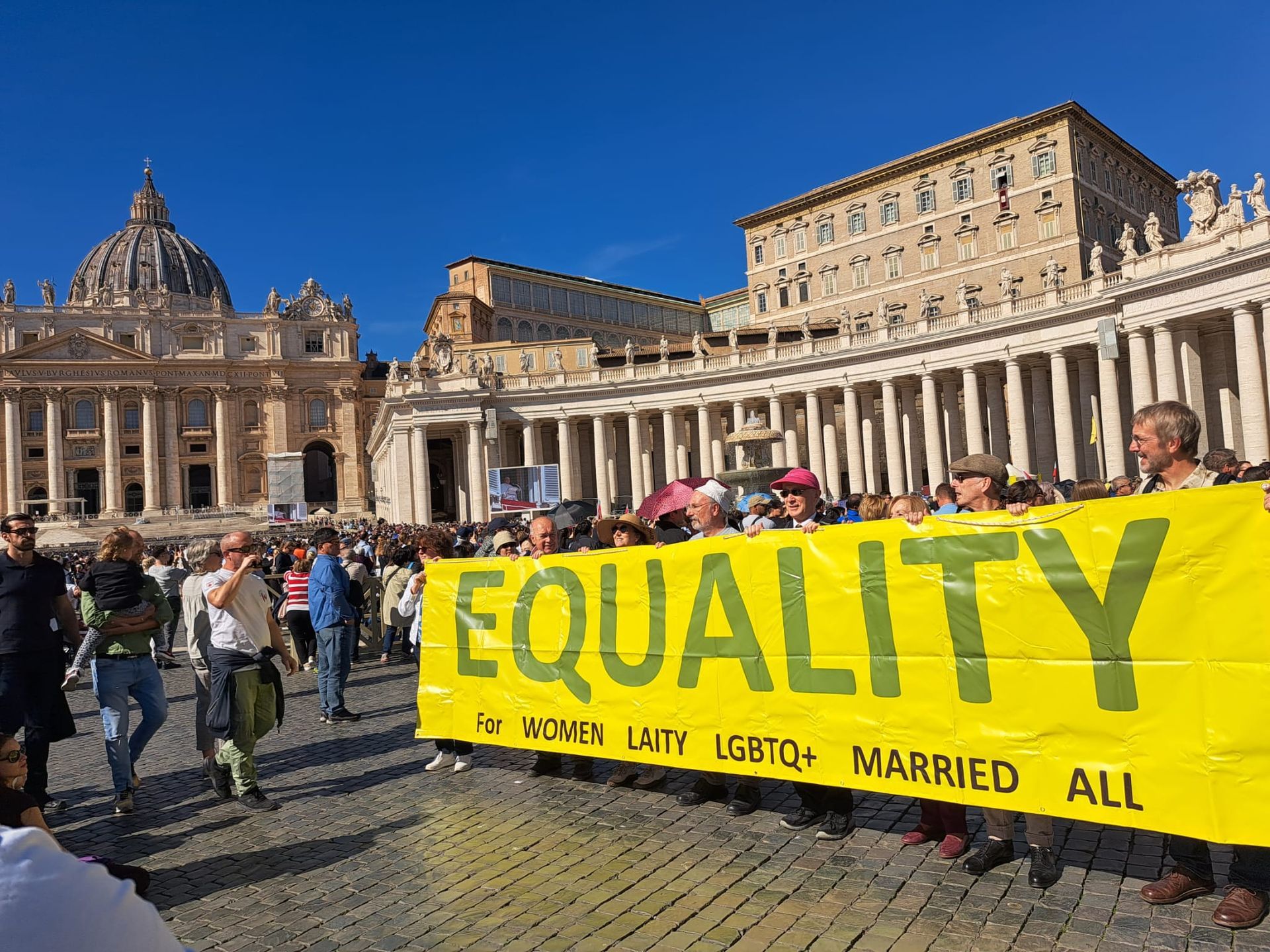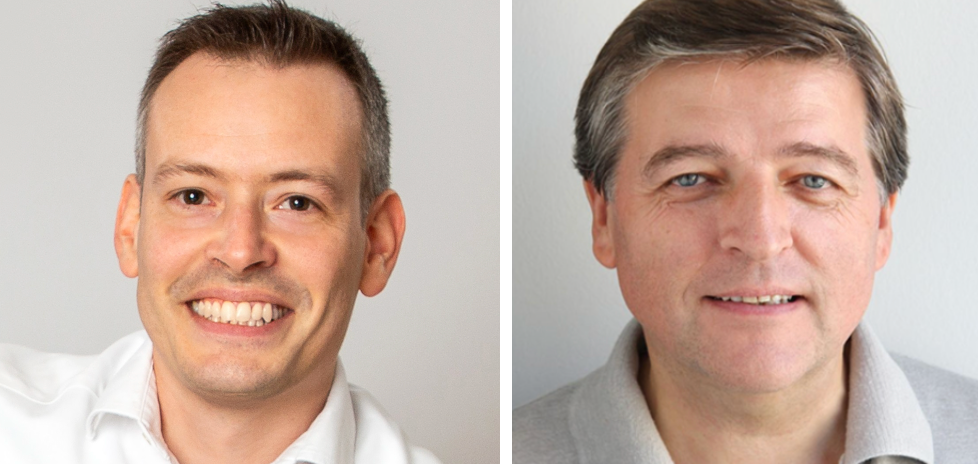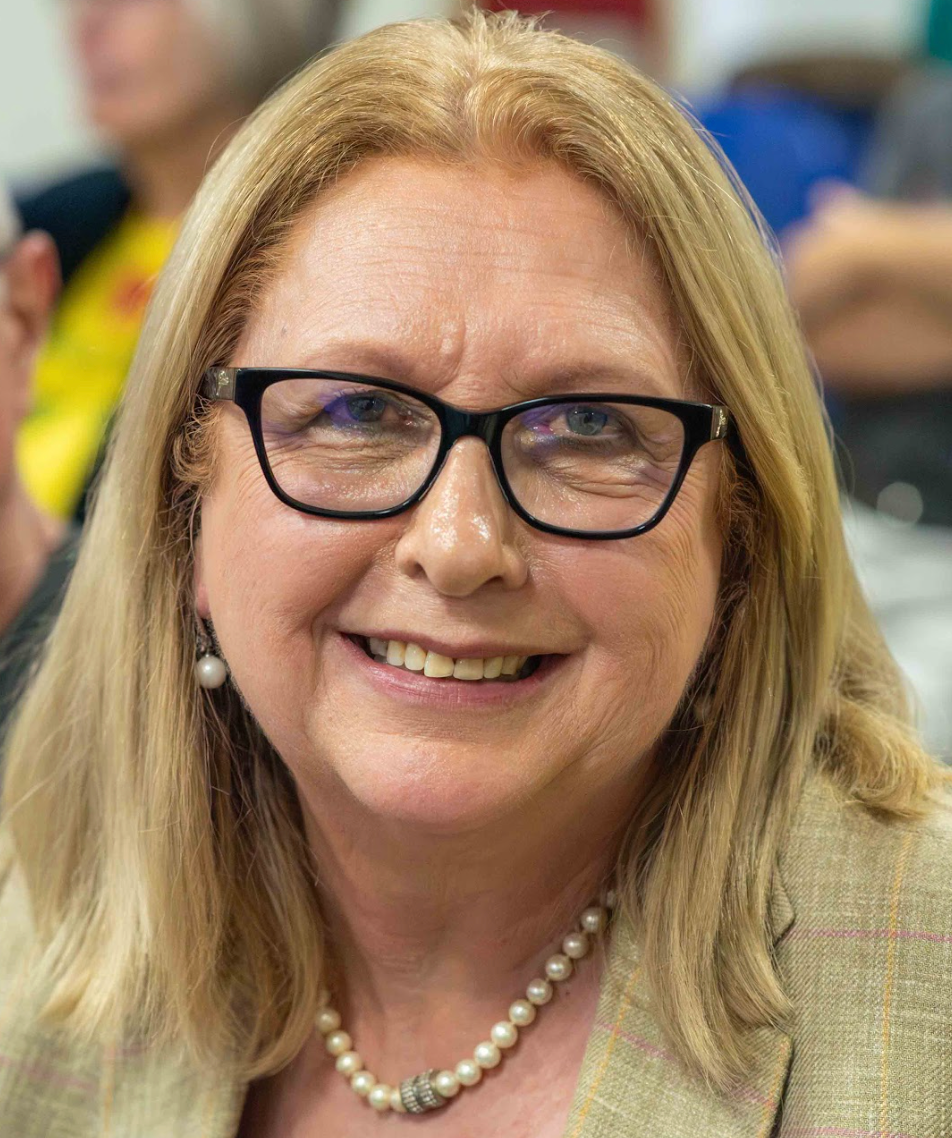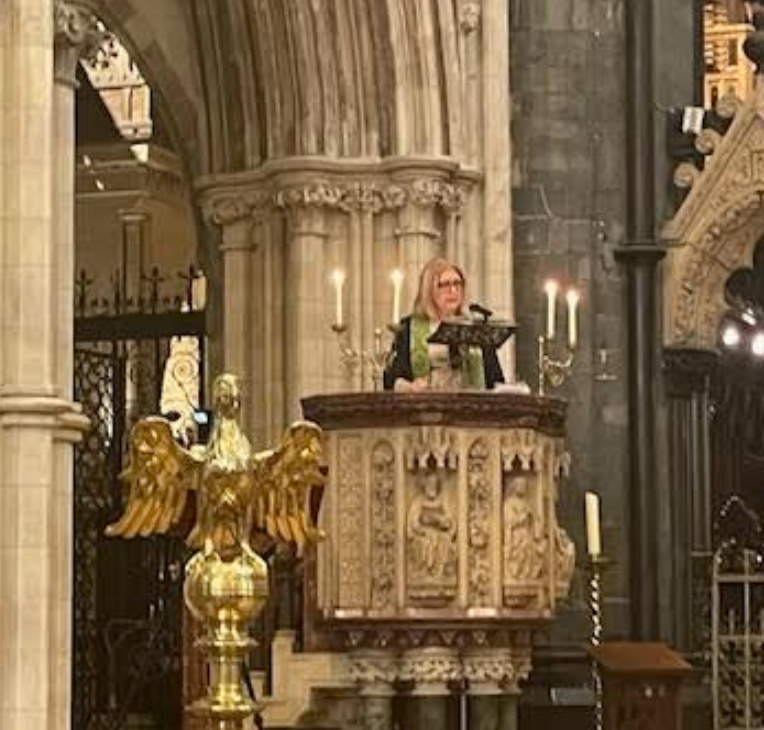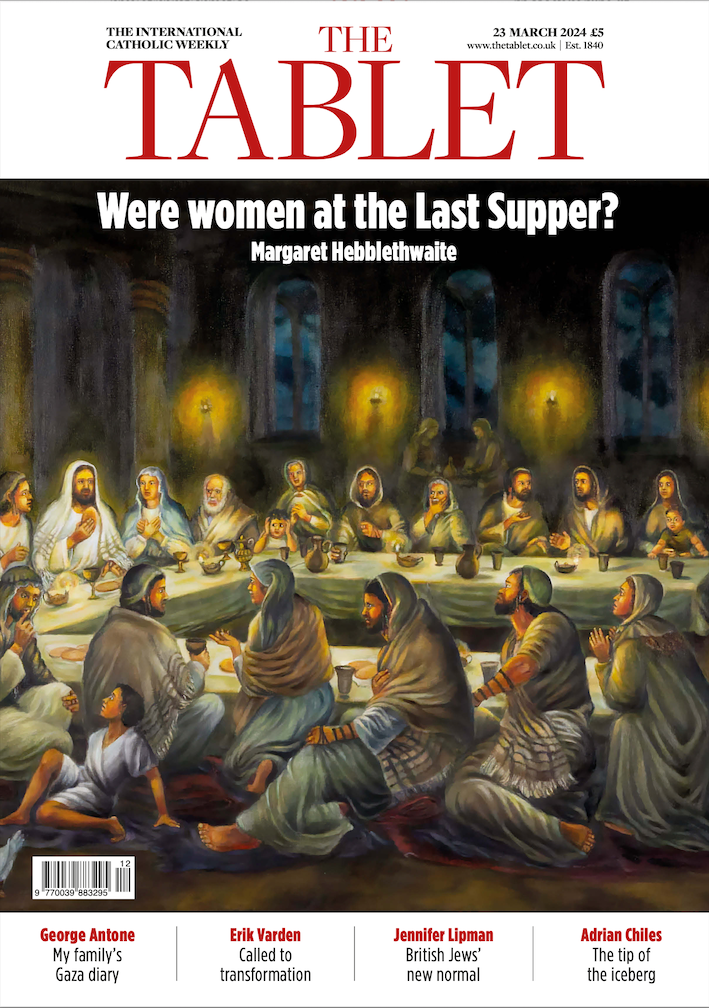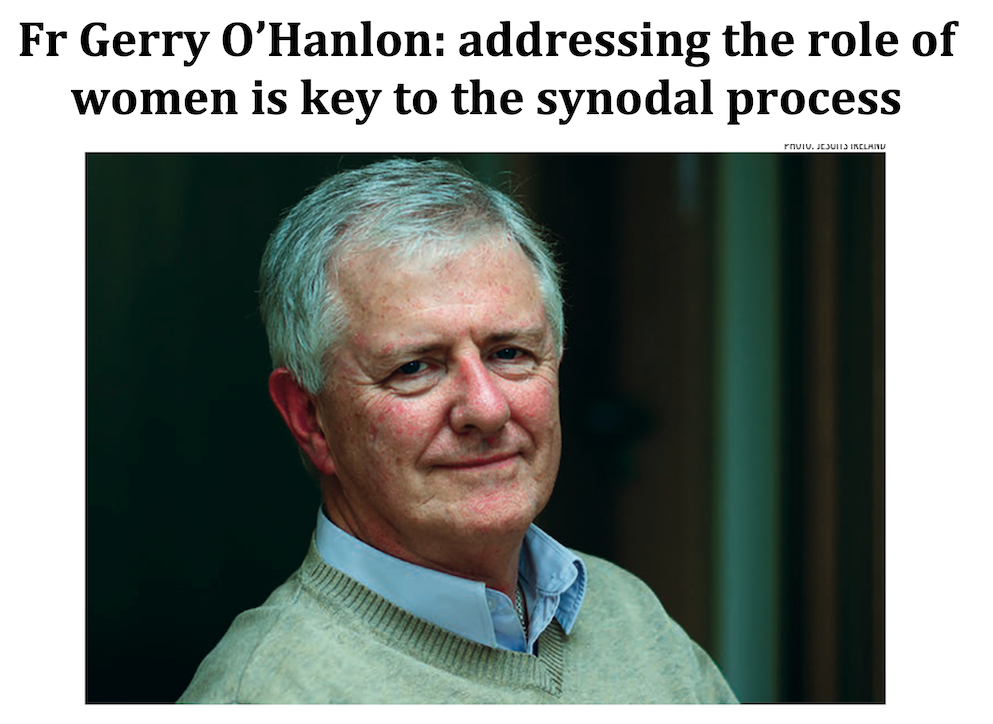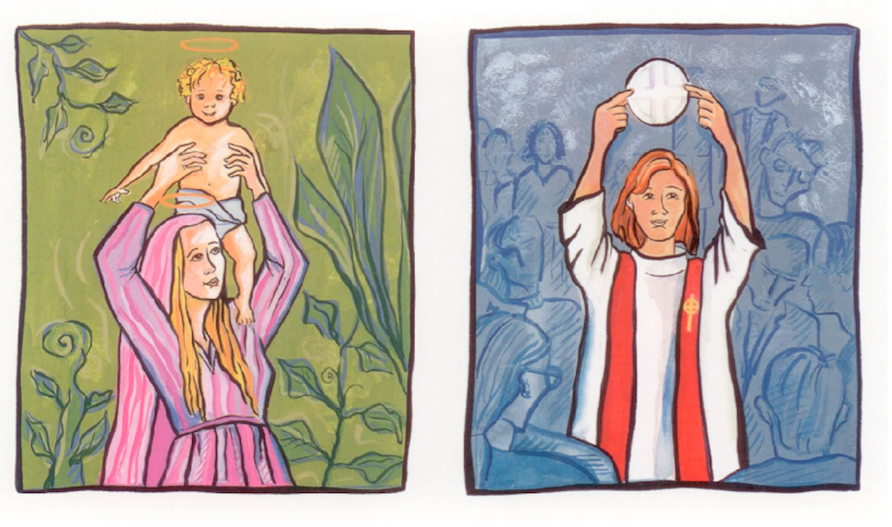Synod on synodality: Being and doing Church, today
Reflections on the instrumentum laboris
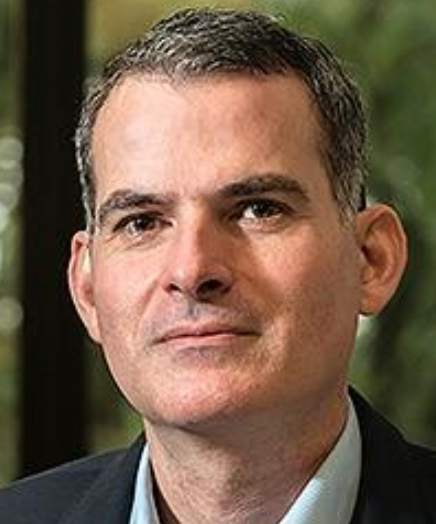
A challenge opened up by the axiom "what concerns all must be dealt with and approved by all". The current synodal process takes up the path opened by the Second Vatican Council and asks what it means to be and to do Church today and, more specifically, for the third millennium?
A Synod on Being and Doing Church Today
The Synod on Synodality represents the most extensive consultation process the Catholic Church has ever undertaken in its history to embark on a journey of conversion and reform. It is inviting us to go out of ourselves (Synthesis alyc 63) to have the experience of listening to one another and to discern the changes the Church needs in the light of the signs of the times. This process has developed in different phases - diocesan, continental and universal - in which a series of communicative dynamics have been exercised - such as listening, dialogue and discernment in the Spirit - in order to discover together what the Church needs in the light of the signs of the times.
The Spirit is asking the churches today. In this sense, the current synodal process takes up the path opened by the Second Vatican Council and asks itself what it means to be and to do Church today and, more specifically, for the third millennium.
One of the first novelties that stands out is the way in which the link between the different phases and the generation of the contents that have been nourishing the documents has been conceived. A circular and multidirectional way of proceeding has been established that goes beyond the traditional pyramidal and unidirectional communication vision. We can say, with greater precision, that we are witnessing the first fruits of a mature post-conciliar reception of the ecclesiology of the local Churches (Lumen Gentium 23) in the light of the theology and practice of the sensus fidei (LG 12). This has made it possible to rescue the value that the Council gave to the local Church "as a theological place where the baptised concretely experience the journey together" (Instrumentum Laboris 11).
We can even refer to the emergence of a form of ecclesial fabric or synodal ecclesiality of a Church of Churches that "is based on the recognition of the common dignity that derives from Baptism" (ill 20) and "creates bonds of co-responsibility" and subsidiarity (ill 20), both among all the ecclesial subjects - laity, religious, priests, bishops, Pope (communio fidelium) - and among all the local Churches (com- munio ecclesiarum). On this basis of rights and duties deriving from baptism, we understand the value of carrying out the processes of listening and discernment that have been practised in the different phases in relation to the ways of being and doing Church. It has been a first moment to experience and savour the "lived synodality" (dec 9) through multidirectional communicative dynamics that have facilitated the gathering of different ecclesial subjects and subjectivities that have not always been easy to bring together in ecclesial life, either because of the lack of an inclusive evangelical spirit, or because of the lack of knowledge of the conciliar theology of baptismal dignity.
Circular processes of listening and restitution
By conceiving of the Synod as a phased process rather than a one-off event, a new communicative dynamic has emerged called restitutio, which consists of
restitution or giving back to each portion of the People of God [diocese] what was consulted and heard in the preceding phases. This is the case of the first phase of diocesan consultation, which was included in the syntheses sent by the episcopal conferences to the General Secretariat of the Synod so that it could draw up the Document for the continental phase (dec). It is this document which, for the first time, "takes up and restores [restitutio] to the local churches what has been said by the People of God throughout the world" (dec 105). The restitution of the dec to the local Churches made it possible to implement the practice of what we can call discerned listening, which served to give shape and purpose to the continental Assemblies that were held and produced 7 Final Syntheses, each of them pointing out the pastoral priorities of their respective realities. Out of this process came the Instrumentum Laboris which "neither cancels nor absorbs all this richness, but is rooted in it and refers continually to it. In preparing for the Assembly, the members of the Synod are invited to keep in mind the previous documents, especially the Dec and the Final Documents of the continental Assemblies, as well as that of the Digital Synod, as instruments for their discernment" (il 9).
As the text of the Instrumentum Laboris explains, this polyphony of processes, assemblies and documents manifests "the vision of Vatican II based on the charism of the People of God" (....). (lg 13). This catholicity is realised in the relationship of mutual interiority between the universal Church and the local Churches, in which, and of which, the one and only Catholic Church is constituted (lg 23)" (il 12). It can be argued that the conception of the current Instrumentum Laboris - unlike other Synods - responds to a mature fruit of the theology of the catholicity of the whole Church proposed by the Council. In fact, the practice that has been lived has made it possible to become aware of the many theological, liturgical, spiritual, pastoral and canonical particularities that exist in every socio-cultural place where the Church is present (cf. in 62, lg 23, ur 4, ag 19). This is how the Instrumentum Laboris puts it: "We have been able to touch with our own hands the catholicity of the Church, which, in the differences of age, sex and social con- dition, manifests an extraordinary richness of charisms and ecclesial vocations, and guards a treasure of diversity of languages, cultures, liturgical expressions and theological traditions (...). Likewise, we have discovered that even in the variety of ways in which synodality is experienced and understood in different parts of the world" (il 6). Consequently, in the light of catholicity, the Church is being constituted as the People of God in every place, time and age as a Church of Churches, rather than under an abstract universalism.
To all this, we can add another element. The Instrumentum Laboris was not drawn up with the intention of closing the process initiated in 2021, but is a further link that allows the passage from the first to the second Session of the xvi Ordinary General Assembly of the Synod of Bishops. The first to be held in October 2023 and the second in October 2024. Therefore, the nature of this document also responds to putting into practice another act of restitution because the October 2023 Assembly "will have the task of discerning and identifying some concrete steps for further growth as a synodal Church, steps which it will then submit to the Holy Father. Only then will this particular dynamic of listening in which 'everyone has something to learn' be completed" (il 10). It is the way of a humble Church that recognises "that it must ask for forgiveness and that it has much to learn" (ill 23) in order to move "from the "I" to the ecclesial "we" (ill 25).
If synodality is the way
God expects for the third millennium, then we must do all we can to ensure that our relationships, the ways we communicate and the structures in which we live are shaped by synodality.
The first session of the Synod Assembly seeks to take the first steps in building the ecclesial we from the interaction that is achieved between all, some and one. By proceeding in this way, it will "provide further elements of authority on which the local Churches will be called upon to pray, reflect, act and contribute with their own input" (il 10). In other words, a new process of discernment and consensus building will be initiated by an additional act of restitution of the final conclusions of the xvi Ordinary General Assembly of the Synod of Bishops - as stated in Episcopalis Communio - to the local Churches.
The recovery of the second part of the axiom:
"...et approbari debet".
In spite of the limitations and resistances, this experience is helping us to discover that a new way of being and proceeding in the Church is possible. We can dare to affirm that if synodality is the way God expects for the third millennium, then we must do all we can to ensure that our relationships, the ways we communicate and the structures in which we live are shaped by synodality, insofar as it is a constitutive reality of the life, organisation and mission of the Church. This will become increasingly real as the synodal process continues to empower all the faithful - especially the non-ordained who have hitherto been largely excluded - as active subjects in the Church, with the right to speak and the duty to give advice.
Perhaps this will help to overcome the clericalism rooted in an ecclesial culture of silence and fear of speaking out, which has only abused the exercise of authority and denied any possibility of being heard and taking advice. Such a culture has often been justified by referring to the famous medieval adage: qui tacet, consentire videtur. Colloquially it means that "he who is silent, gives", but it is a silence forced by fear of those who exercise authority. In the face of this temptation, a synodal form of the Church is proposed which recognises the right to speak and to listen to one another as essential and transversal to all ecclesial life and organisation.
Looking at the whole synodal process as a whole, we can argue that the high point, not without complexity, of the current reception of this ecclesiology is that it opens up the possibility of putting into practice the classical principle of medieval canon law which states: "What concerns all must be treated and approved by all (Quod omnes tangit ab omnibus tractari et approbari debet)". During the consultations and hearings, the first part of the axiom ("what affects all must be dealt with") has been lived out. However, the way in which the first session of the 16th Ordinary General Assembly of the Synod of Bishops in October has been conceived, by integrating as members an important group of non-bishops who can vote, opens the door to think of new ways and procedures that allow the second part of the axiom to be put into action, since, in a synodal Church, we must not only say that "what concerns all must be dealt with by all" (Quod omnes tangit ab omnibus tractari), but also and especially that what is dealt with must be "approved by all" (...et approbari debet). ..et approbari debet) as a sign of the consensus omnium fidelium reached.
From this emerges the possibility of thinking of the proper form of an all-synodal Church or of the synodalisation of the Church. As was explained at the opening of the Synod, this way of proceeding, which emerges from the restitution, is a fundamental step by which "the Bishop of Rome, the principle of unity of all the baptised and of all the bishops, would receive a document which jointly manifests the consent of the People of God and of the College of Bishops: It would be an act of manifestation of the sensus omnium fidelium, which would also be at the same time an act of magisterium of the bishops scattered throughout the world in communion with the Pope" (Moment of reflection for the beginning of the synodal process. Message of Cardinal Mario Grech, 21 October 2021).
Even before this new development in the synodal process, the renowned theologian Giacomo Canobbio had explained with great clarity and foresight what this means for the ordinary life of a Synodal Church. He argued that "it will then be up to the jurists to regulate the processes by which shared decisions can be reached, what representative bodies to imagine, what procedures to put in place in order to listen to all. But this can only be achieved once it is accepted that everyone has the right to speak in the Church, because in everyone - until proven otherwise - the Spirit dwells.
The ancient axiom Quod omnes tangit ab omnibus tractari et approbari debet, in its entirety, enshrines not only a juridical necessity, but also a figure of the Church. In this sense, synodality is not simply the rediscovery of practices; rather, it is the rediscovery of a figure of Church that recognises and confesses the action of the Spirit who creates concord, that is, the result of the reconciling and unifying action of the Lord Jesus" (Giacomo Canobbio, Un nuovo volto della Chiesa? Teologia del Sinodo, Morcelliana, Brescia 2023, 172).
Unlike the first part of the axiom, the implementation of the second part is more complex because it involves creating a culture of ecclesial consensus of the whole People of God through organic processes of interaction and communication between all ecclesial subjects - laity, religious, priests, bishops, Pope - and at all levels - diocesan, continental and universal. This is what is meant by saying that "the consensus on the document could not be limited only to the bishop's placet, but extended to the people of God whom he called together again to close the synodal process opened on 17 October 2021" (Moment of reflection for the beginning of the synodal process. Message of Cardinal Mario Grech, 21 October 2021).
Remembering tradition to achieve a transition
What is emerging in the course of the synodal process and is reflected in the nature and manner in which the Instrumentum Laboris was conceived is not new in the tradition of the Church, even if it is still strange to many Christians today. One need only review one of the principles governing the exercise of episcopal authority of St Cyprian of Carthage in the third century AD: Nihil sine con- silio vestro et sine consensu plebis mea privatim sententia gerere. For this bishop, the advice of the presbyterate and consensus with all the people shaped the exercise of his authority. He did not make a final decision until consensus was reached with all the people. This meant that he sometimes had to repeat over and over again the processes of consultation, listening, discernment and elaboration of decisions. Each successive process led to a new deepening and maturation of what had been experienced and achieved previously.
What emerges in the course of the synodal process and is reflected in the nature and manner in which the Instrumentum Laboris was conceived is not new in the tradition of the Church, even if it is still strange to many Christians today.
We can anticipate here what we call restitution today. This and other examples we find in the way of being and doing Church in the first millennium - even in the existing models of community participation in the election of its bishops - did not conceive the building of ecclesial consensus as a linear, pyramidal or top-down process, but rather from below and in a multi-faceted way that avoided any homogeneity. From this we can learn much today so that ecclesial consensus in a synodal Church is not built by some or by one, but by all, each according to suo modo et pro sua parte (lg 31) and according to the principle of mutual necessity (lg 32). Furthermore, the consensus should not be linear and unidirectional, but circular and processual; and it should not only have the local Churches as its starting point, but also return to them through the restitution or return of what has been said by the people. This would allow today an act of recognition and public testimony of the voices of the faithful who have the right to verify (accountability) what has been collected in order to discern it anew until the consensus omnium populo dei is reached. This is perhaps the most difficult implication of conceiving the Synod as a process rather than as an event.
From all this emerges the awareness that it is necessary to "renew and rethink the structures of the Church in order to respond to the challenges of today's world by interpreting the signs of the times [and] one step towards this is the reform of the Code of Canon Law (Bolivariana)" (Síntesis alyc, 81). The Continental Synthesis of Latin America and the Caribbean - quoting what was gathered in the consultations made by the Ecclesial Conference for Amazonia, the Pan-Amazonian Ecclesial Network and the Assembly of the Bolivarian Union - exposes this challenge ahead of us and which has been made clear to the people heard throughout the synodal process: "if the People of God were not a subject in the decision-making process, there is no synodality. And if the People of God is not a constituent part of a body which makes decisions for the Church as a whole, this body is not synodal either (Ceama-Repam)" (Synthesis alyc, 81)
The Instrumentum Laboris takes up this call and maintains that, "in order to constitute a space in which common baptismal dignity and co-responsibility in mission are not only affirmed, but also exercised and practised, it is necessary that the common baptismal dignity and co-responsibility in mission are not only affirmed, but also exercised and
practised, it is necessary that our institutions, structures and procedures" (il 21) be a sign of a synodal Church in which the exercise of episcopal authority is lived as a service to the People of God. No one of the faithful - including the hierarchy as another christifideles - is master of the Spirit, for "the Holy Spirit not only sanctifies and guides the people of God through the sacraments and ministries, but also distributes his gifts to each one as he wills, making him fit and ready to undertake various works or services for the renewal and further edification of the Church" (lg 12). We can affirm that, in the light of the synodal process we are currently undergoing, we are becoming aware that the great challenge for the Church of the third millennium will be to promote, among all, an ecclesial culture of consensus omnium populo dei and, consequently, to build a new institutional and organisational model suitable for a constitutively synodal Church. /M
Rafael Luciani; Venezuelan layman, Doctor in Theology from the Pontifical Gregorian University and postdoctoral researcher at the Julius Maximilians Universität, Germany. Professor at the Universidad Católica Andrés Bello in Caracas and Extraordinary Professor at the Boston College School of Theology and Ministry. He currently teaches Ecclesiology, Latin American Theology, Vatican Council II and Synodality in the Church. He is an expert of the Celam (Latin American Episcopal Council) and a member of the Theological Advisory Team of the Presidency of the Clar (Latin American Confederation of Religious). He is a member of the Theological Commission of the General Secretariat of the Synod and has been appointed Expert for the first session of the xvi Ordinary General Assembly of the Synod of Bishops on synodality. Contact: rafluciani@gmail.com
Translated with www.DeepL.com/Translator (free version)
